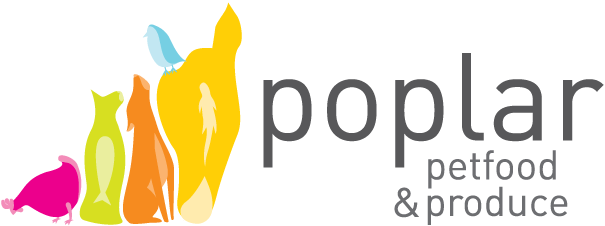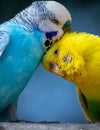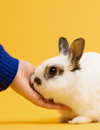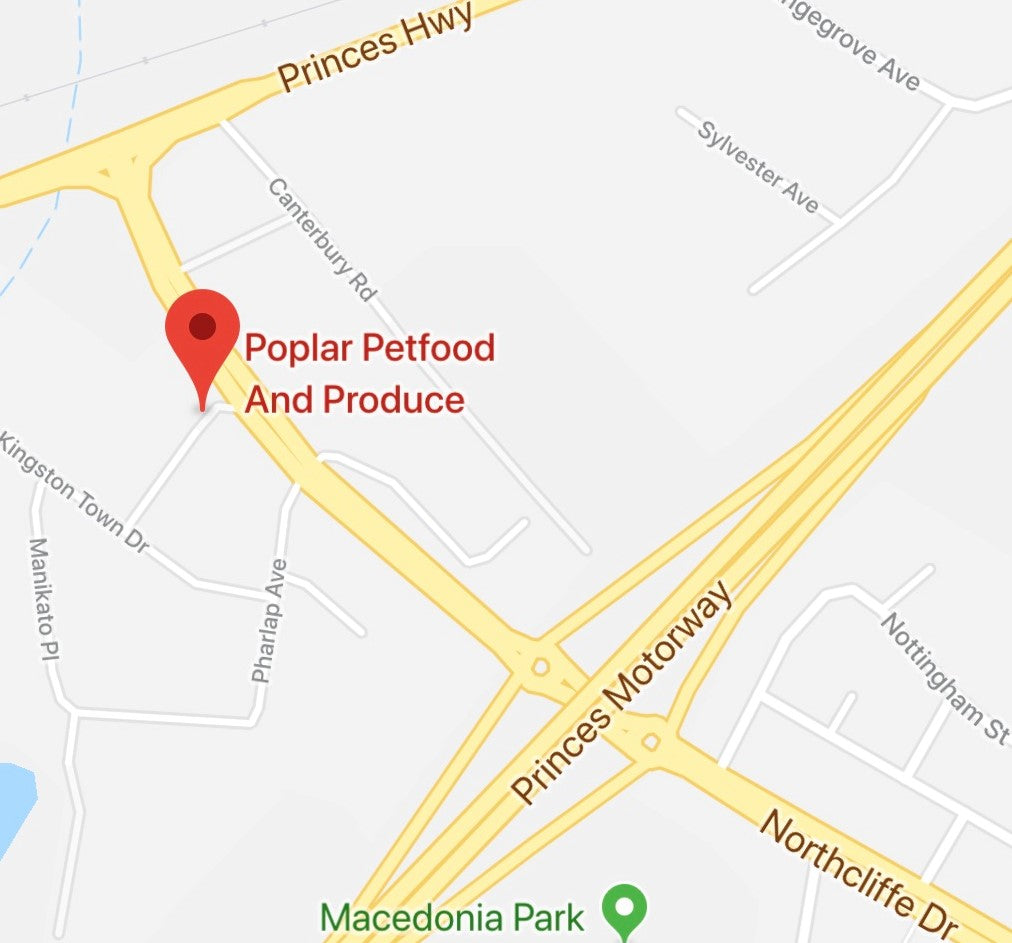
Controlling Flies and Biting Insects
Flies. You only have to say the word and it sends irritated shutters through every horse and owner.
The warm season is upon us and summer is fast approaching, and that means this winged banes-of-our-existence will be in full swing (or fly?) any moment… if they haven’t already started to make an appearance. This article will help to shed light on your winged enemies and how to control them. Not just for horses, but dogs, chickens and other livestock, too.
Know Your Enemy
Being able to identify the most common flies and other biting insects helps to create an effective plan to control outbreaks and misery.
• House flies (Musca domestica) Non-biting flies that feed on nasal discharge, wounds, manure, eye and genitalia moisture. They like to reproduce in manure, wet bedding and trash. Because they thrive off of moist areas of the body, houseflies can easily pass along parasitic larvae that will fester in the animal’s tissue. They’re also known to transmit the equine infectious anemia virus, which is often fatal, to each horse it feeds on.
• Buffalo flies (Haematobia irritans exigua) Biting flies found in the northern, hot and humid regions of Australia. They are considered blood-suckers and can cause severe skin reactions. They live permanently on the host, laying eggs and sucking blood until they die. They are known to fly up to 10km in search of a host and lay their eggs in dung. They can cause serious skin allergies, which results in limited productivity and other skin infections.
• Stable flies (Stomoxys calcitrans) A biting fly that feeds on blood by using a painful, piercing mouthpart. It prefers the horse’s lower limbs and abdominal areas. They often reproduce in manure, wet bedding and trash. Just like house flies, stable flies transfer parasitic larvae that aggravate the skin tissue. They can also spread Corynebacterium pseudotuberculosis, a bacterium that causes pigeon fever and abscesses.
• Biting insects (Culicoides sp.) These are biting gnats that prefer feeding on different parts of the body, including the areas around the mane and tail, or the abdomen, face and limbs. They breed near water and are most active around sunset. These extremely annoying and painful parasites can cause hypersensitivity by way of hives, miserable itching, skin ulcerations and sometimes hair loss. Culicoides species are also a host for Onchocerciasis, a nematode parasite that results in intense skin reactions including scales and crusts.
• Adult ticks (Rhipicephalus sp.) These include the brown dog tick, the brown ear tick and the cattle tick among many other varieties. They are a parasite to most mammals, including horses, cattle, and dogs. The cattle tick is notorious for spreading tick fever (‘red water fever’), a notifiable cattle disease. The Rhipicephalus sanguineus tick is known for being a carrier of other debilitating diseases to dogs.
Damage Control
Flies and other biting insects harm the entire equine system, including their temperaments. It’s easy to notice that the horse is feeling pressure by plenty of tail swishing, skin twitching and movement of the head and neck. You’ll also notice constant stomping and agitated movement. Ultimately, if there is no damage control then it could lead to reduced grazing time and energy, increased heart and respiration rates, eye and skin disorders and overall pain and irritation.
Therefore, it’s important that you:
1. Know your pest season: Be aware of the different seasons and areas preferred by reoccurring parasites.
2. Clean up organic debris: This includes getting rid of old bedding and manure, unhealthy compost piles and decaying plant matter.
3. Scatter, don’t pile: A pile retains moisture, which is where the larvae grow. Lawn clippings are always a culprit where stable flies thrive.
4. Use flytraps that mimic: These can be helpful because they are constructed to simulate the silhouette of an animal.
5. Use fly sprays and rinses: These are often fast-acting and very effective and can be applied right before you work with the horse or other animals. Vetsense Flygon insecticidal and repellant spray comes highly recommended and can be used on horses, dogs, cattle and pigs. If you prefer to go topical, Vetsense Flygon combines natural pyrethrins, citronella oil and synergists as a low-irritant oil base, which helps it to last longer, while also providing a more soothing feel. It can be sprayed on the animal and in kennels and chicken coops. Vetsense Permetrol is used as a spray or rinse. Unlike Flygon, it is not oil-based and is specifically for horses and dogs. Permetrol controls pyrethroid-sensitive flies, buffalo flies, stable flies, and biting insects, as well as being a treatment for allergic dermatitis and Queensland Itch.
Don’t let flies get you and your horses down this year – or ever. Know your enemies and practice damage control! Our pet experts at Poplar Petfood and Produce will gladly help you pick out the best treatment available, and we always have Vetsense in stock.
Written by Miranda Altice for Poplar Petfood & Produce







